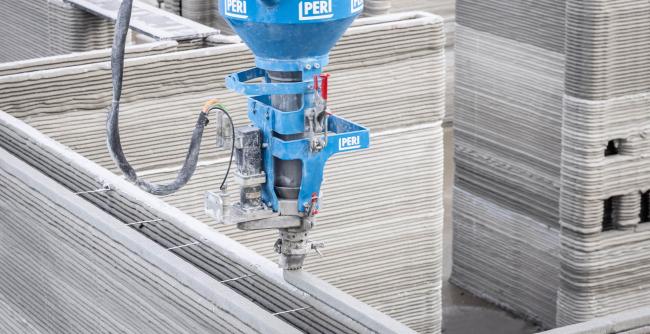Rental Finance
Business owners must prioritise spending to keep cash flow healthy while grabbing growth opportunities. For some entrepreneurs, there’s no reason to sink valuable capital into purchasing assets outright when there’s the genuine issue of rapid depreciation. Rental finance allows leasing for business equipment instead of opting for straight away purchases. This financing encompasses rental agreements that apply on various assets, from office equipment, software, machinery, medical equipment, and more. There is a reason many large mining companies elect to rent equipment and plant as opposed to owning or leasing equipment, In this article, we will delve into the intricacies of rental finance for Australian business owners, exploring its mechanics, the difference between renting and leasing, and the pros and cons of this financial arrangement. What is rental finance? Setting up a business means incurring A LOT of expenses. Employee wages, daily operations, raw supplies, and equipment require significant costs. To prioritise capital, entrepreneurs can opt for rental finance or equipment rental, which provides them the funds to obtain necessary tools for their operations without incurring upfront costs that you pay for when you take ownership of the equipment needed. In addition, rental finance allows your business to distribute the cost over the asset’s useful life rather than pay a massive fee and later decide to upgrade or use other equipment. Rental finance starts with identifying what your business needs regarding assets and how they apply in your business operations. Once you find a viable rental agreement with a financial provider with specific loan terms, you can receive funding to make regular rental payments on the asset/s. As per your loan term, asset usage, and repayment amount, you can use the equipment to enhance your productivity. And at the end of the agreement, you may renew the rental contract, upgrade with the same lender to newer assets, or return the assets to the lessor. How much can I borrow? Determining costs for rental finance largely depends on lenders considering the potential for the resale value of the rented equipment, the loan term, and the loan repayment capacity of the business. Competitive rates typically start at 3.75% interest, and some lenders allow clients to capitalize up to 100% of the asset’s value. You can always talk to our loan professionals in deciding which rental finance product is the most advantageous for your company’s situation and needs. What’s the difference between renting vs. leasing? While rental finance and leasing might appear synonymous, they have distinct characteristics: Category Renting Leasing Eligible products and tools Allows both tangible and non-tangible products May be more limited in what assets are allowed for lease Ownership No ownership to the renting business Typically gives ownership to the leasing business after the lease term Arrangement More room for flexibility in restructuring the contract, equipment changes, package upgrades, etc. More rigid and longer-term in the lease terms and won’t usually have upgrade or equipment change options Tax implication 100% tax deductible 100% tax deductible if structured properly Pros and cons of rental finance Businesses can take advantage of rental finance benefits: Cost efficiency – Rental finance eliminates large upfront costs, enabling businesses to allocate capital to other critical aspects of their operations. Access to latest technology – Businesses can keep up with technological advancements by regularly upgrading to newer assets. Flexibility – Shorter rental periods for essential office or business equipment provide flexibility for you to adapt to changing operational needs. Maintenance coverage – Many rental agreements include maintenance and support services, reducing the burden on businesses. Tax deductible – Renting equipment is 100% tax deductible because it is considered an operating expense. But, there are still some caveats in this financing: Cumulative cost balloons – Over the long term, rental payments might exceed the cost of outright ownership. While it’s not a sudden blow to your capital, it still means going over the target cost for the business equipment. No ownership – While some businesses prefer it this way, rental arrangements won’t result to you earning the right to ownership after the rental period. Other entrepreneurs may prefer to gain the assets after the lease period. Tax benefits – In some cases, owning assets outright might offer more favorable tax benefits. Considering rental finance? Cashflow is an issue for every growing business, so any option that offers access to essential assets while preserving capital can be worth considering. Rental finance is one such loan that businesses can leverage to stay competitive and avoid significant big-time purchases while keeping the quality of operations high. Let our business loan professionals help you make informed decisions by researching rental finance options and weighing your options. Darin Hindmarsh See Full Bio

